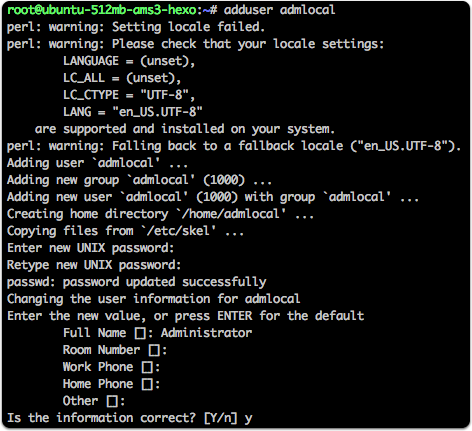

The primary group ID and group name for the current user The user ID and username for the current user The output of the id command is described in Table 6-1. Group membership can be displayed by executing either the id or groups command: id Any additional groups a user is a member of are called the user’s secondary groups. This first group is called the user’s primary group.

Primary versus Secondary GroupsĮvery user is a member of at least one group. These security features are covered in later chapters of this book. This group membership can also be used to prevent access to system resources because several security features in Linux make use of groups to impose security restrictions. Additionally, each user is a member of one or more group accounts.īeing a member of a group allows a user special access to system resources, such as files, directories, or processes (programs) that are running on the system. This user account offers several different features, including a user name and a password.
#UBUNTU ADD USER TO GROUP HOW TO#
Learn how to create group administrators What Are Groups Used For?Įach person who has access to a Linux system is provided a user account. Understand the security feature called User Private Groups (UPGs) Manage groups, including creating, modifying, and deleting group accounts The next step is to determine which privileges each group will have.AFTER READING THIS CHAPTER AND COMPLETING THE EXERCISES, YOU WILL BE ABLE TO DO THE FOLLOWING: You should now be ready to start managing users and groups. Since the -a flag was not used, the previous set of groups was overwritten. That command sets the secondary group of quincy to "editors". If you want to remove the "writers" group, use this command: Let's say that this returns editors writers indicating that quincy is part of the "editors" and "writers" group. To remove a user from a secondary group you need to overwrite the current groups of a user with a new set of groups that does not contain the group that is being removed.įirst, use the id command to check what secondary groups a user belongs to: Usermod -g editors quincy Removing a user from a secondary group The following command changes the primary group of the user quincy to "editors": You can also add a user to many groups at once by separating the group names with commas. So currently the user "quincy" has a primary group of "quincy" and a secondary group of "writers". When a user is created with the adduser command, the user is automatically assigned to a primary group with the same name as the username. The -a parameter means "append" and the -G parameter adds a group as a secondary group. Here is how to add the user "quincy" to the group "writers".

You can use the usermod command to add a user to a group.
#UBUNTU ADD USER TO GROUP PASSWORD#
They will have to enter their current password and then their new password. The user will be able to change their password with the passwd command. The -p p4ssw0rd creates a password for the user of "p4ssw0rd". The -m will create the user's home directory to match the username. Here is the command to create a user named "quincy". If not, here is the basic syntax to create a user with the useradd command: You may already have users to add to your group. Use the groupadd command like this ( You may have to use sudo at the beginning so you have the appropriate permission to create a group): groupadd writers Let's create two groups called "writers" and "editors". A secondary group is any group(s) a user is a member of other than the primary group. Directories and files the user creates will have this Group ID. A user's primary group is the default group the account is associated with. The two main types of groups are primary groups and secondary groups. Groups are often used to give members certain permissions to modify a file or directory. Files and devices may be granted access based on a specific user or a group of users. Users can be assigned to groups that are created for users who share privilege, security, and access. Setting permissions protects users from each other. Linux allows multiple users to have access to the system at one time.


 0 kommentar(er)
0 kommentar(er)
